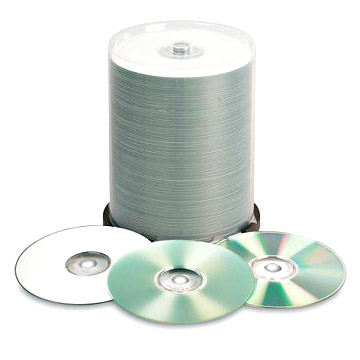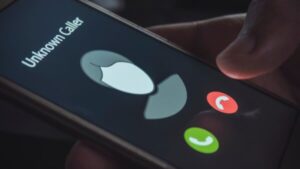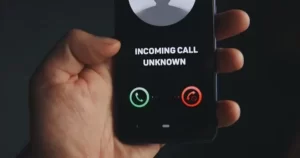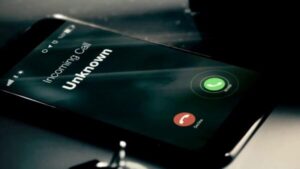Without the means to do it yourself at home, DVD replication tends to be left to the professionals, leaving most clients with a lot of questions about how it’s done. Here are the most frequently asked questions to help acquaint you with DVD replication.
What is the minimum I can order?
We provide two separate services, DVD duplication and replication. For orders smaller than 500 units, it is recommended to use duplication, and any orders larger than that to use replication.
How long does it take?
From the time you submit your order, artwork and all, it will take from two to three weeks to complete your order. The only thing that might prolong this deadline is if you request special coatings, embossing, or packaging. Speeding up the turn-around for a deadline is possible, but will require an extra rush fee.
What’s the difference between a CD and DVD?
Although DVDs and CDs look practically identical, they have very different purposes, and are therefore created differently. While CDs only hold audio on one side, DVDs, or Digital Versatile Discs, are two-sided, with two half-discs bonded together. Aptly named, each of the half-discs are half the size of a regular CD, and when bonded together are exactly the same size as a CD.
Another key difference is that CDs only hold audio, while DVDs can hold seven to 25 times more memory than a CD, allowing it to hold video, audio, and computer data.
What is the replication process?
The replication process will start with a blank glass disc. Then, using the information submitted on the DVD-R or DLT tape, a laser will “write” the data onto the disc as it spins. This creates chemically-etched pits which can then be read by lasers in the DVD player.
After that, multiple stampers will be electroplated. In order to protect the stampers, melted plastic is poured over them and then cooled before applying the reflective layer, protective lacquer, and labels.
Some DVDs don’t require as much memory, and therefore only have data written on one side. However, for discs with larger data, both sides have data written on it, as well as a semi-reflective layer which allows the laser to read both layers from the same side.
Are there alternative options?
Creating a greener world is a priority for everyone, including us. We have found a way to create a more environment-friendly DVD, called the DVD-5 GreenDisc. They look exactly the same as a regular DVD, but are more flexible and durable. They use half the plastic used in regular DVD-5 production, as well as release 56 percent fewer CO2 emissions. Using half the plastic means they also weigh half as much, cutting down on shipping costs. This option is available for the same price as the standard DVD-5.
Do not go into the DVD replication process without knowing how it is done, or how we can best help to meet your needs. Use these FAQs to ensure you are getting the highest quality product for your money.


















Be First to Comment